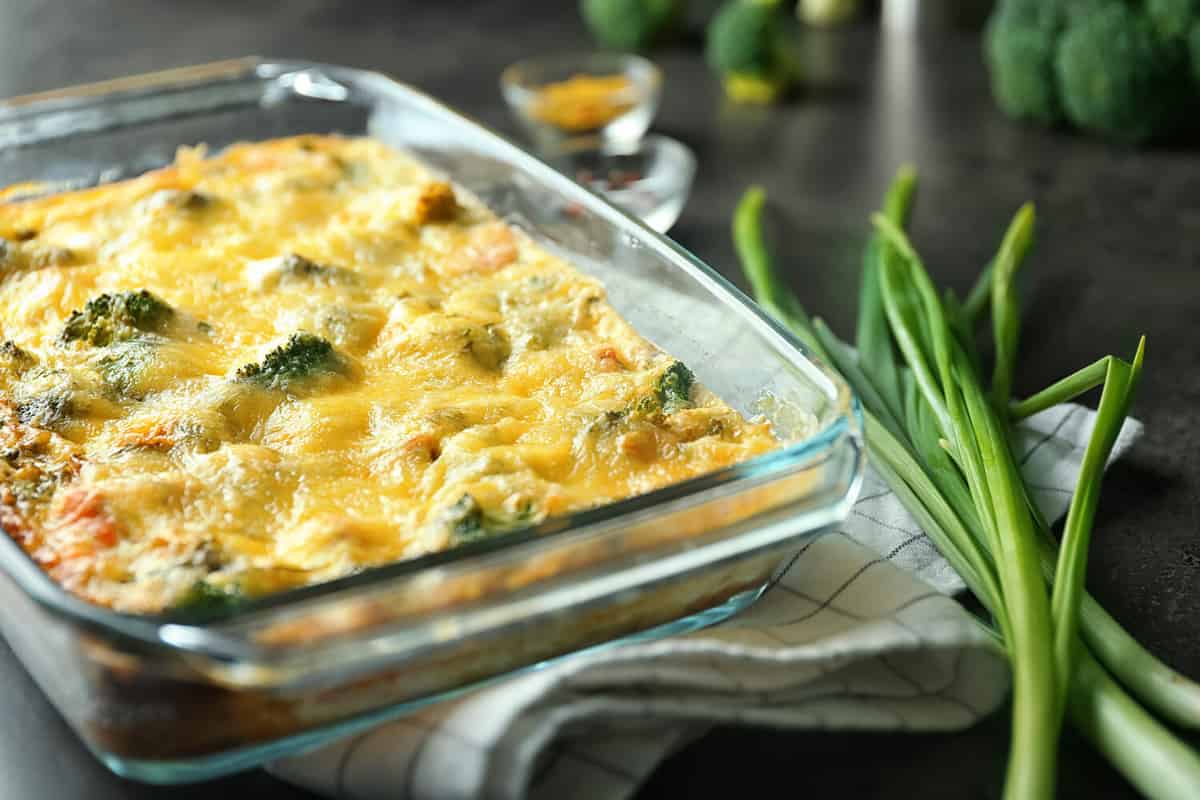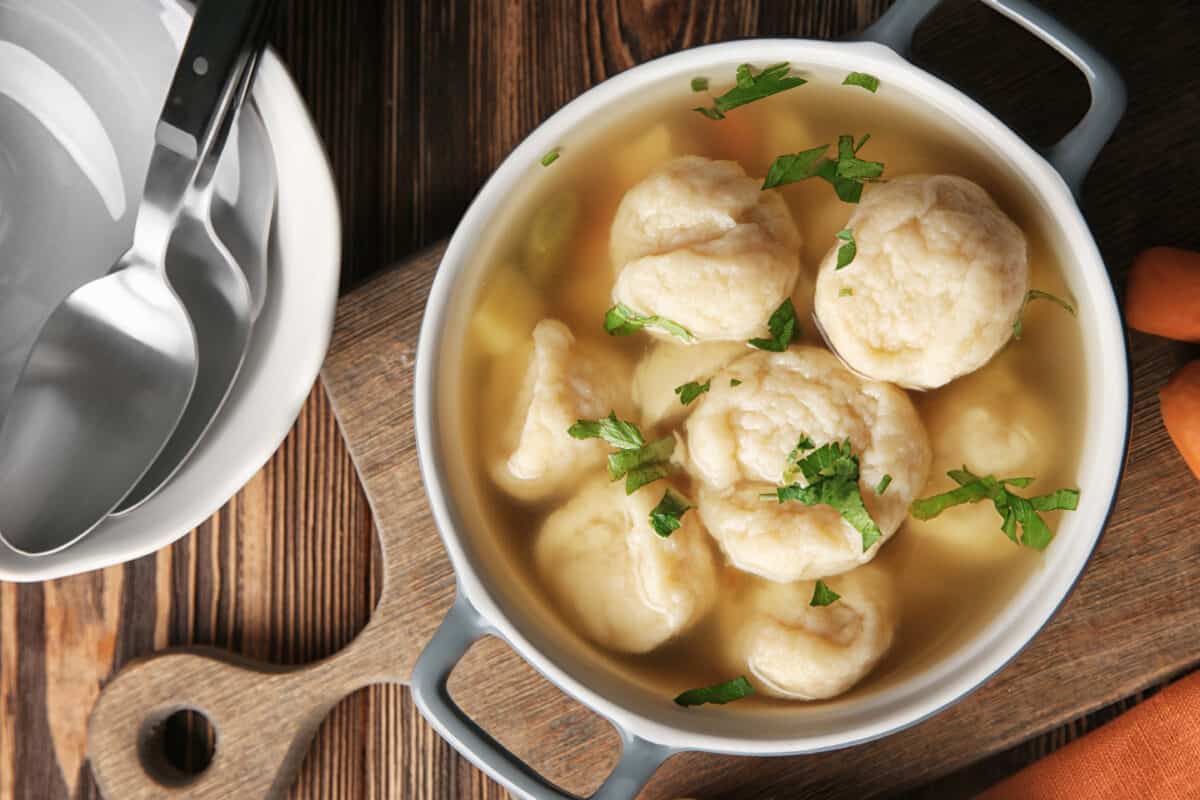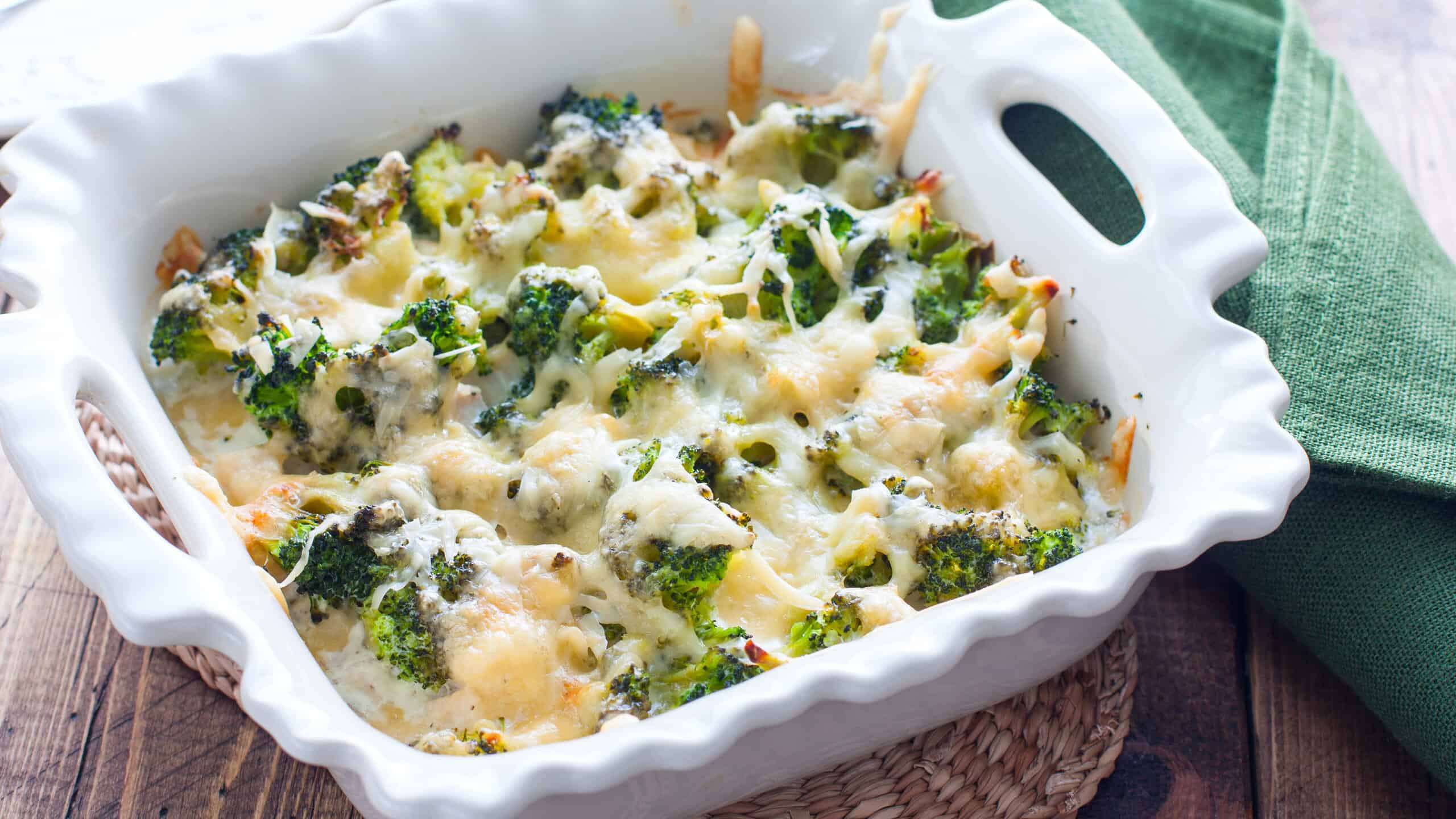When choosing the right cookware for your kitchen, there are so many choices that the process can seem overwhelming. When you’re looking for something that’s both functional and durable, you may have compared before are glass vs. ceramic cookware before.
The main difference between glass and ceramic cookware or bakeware is the thermal conductivity. While ceramic retains heat longer than glass, it also takes longer to heat up. Ceramic cookware also comes in more appealing colors and varieties and many choose ceramic based on its appearance alone.
If you’re trying to determine which type of kitchen tools are right for you, keep reading to examine the main differences between glass and ceramic.

While glass and ceramic have a lot in common, there are also several differences between them.
©Africa Studio/Shutterstock.com
Glass vs. Ceramic: What Is the Difference?
When comparing different types of cookware, you’ll realize some types have a lot in common. Glass and ceramic definitely share a lot of qualities, however, there are many differences between them as well.
The main difference between glass and ceramic is their thermal conductivity. There are many pros to using glass dishes for cooking and while its thermal conductivity is not as high as metals like aluminum, it does conduct heat better than ceramic. This means that glass cookware heats up quicker than ceramic does, but it also cools down quicker. Ceramic cookware is a better insulator than glass since it stays warm longer.
Glass cookware is great for cooking casseroles or baked pasta dishes. The best meals to cook in a glass dish are ones that have liquid in them, such as the sauce in a pasta dish. Glass isn’t as useful when making baked goods such as brownies or cake since the edges can easily burn. It’s also common for the center to be undercooked since glass cookware doesn’t always cook evenly.
Ceramic functions similarly to glass cookware and is also good for dishes like casseroles since it conducts heat slower than metal pans. One of the main perks of ceramic cookware is its appearance. This type of cookware is known for coming in a variety of styles and colors, so many choose ceramic cookware for the aesthetic alone. If you’re looking for a specific color to match your mixer or your kitchen decor, ceramic might be the better choice for you.
Main Differences Between Glass vs. Ceramic
No matter which one you choose, both glass and ceramic cookware can be incredibly useful in the kitchen. If you’re trying to decide between the two, here are the main differences between them:
- Glass cookware conducts heat better
While glass can be a handy kitchen tool in many situations, it does heat up slower than metal pans. However, when comparing the thermal conductivity of glass vs. ceramic, glass will heat up quicker but it won’t retain heat as long. - Glass cookware is often more durable
Ceramic cookware and glass cookware are both sensitive to temperature changes, but glass is generally more durable than ceramic. This is especially true when you find cookware that uses Borosilicate glass, which is a type of glass that’s designed to withstand drastic temperatures better than other types of glass. If you take care of it, your glass cookware can last a long time. - Ceramic cookware comes in a variety of colors
If you’re looking for more aesthetically pleasing cookware, ceramic is the better choice. Because of the glaze used in ceramic cookware, it’s one of the most beautiful types and comes in a variety of colors. If you have a specific style in your kitchen or you’re looking for tools that match a specific color scheme, you’re better off going with ceramic.
No matter what your preferences are, both glass and ceramic can be useful kitchen tools. Which one is best for you depends on what you plan on cooking or baking and what features are important to you.
What Is Glass Cookware?
Glass cookware is a popular choice in the kitchen, especially for baking casseroles or baked pasta dishes. The biggest downside of glass cookware is that it takes so long to heat up. However, when compared to ceramic cookware, glass is a better conductor of heat.
Something to keep in mind about glass cookware is your dish isn’t going to cook as evenly as it would with metal cookware. This is because it takes so much longer to heat up. If you cook baked goods like brownies in a glass dish, for example, you’ll likely see the edges burn while the center is left undercooked.
One of the benefits of glass dishes is the material is non-reactive. When exposed to acidic ingredients such as citrus, there’s no chemical reaction that occurs. That’s why if you’re cooking something like a baked pasta dish, it’s better to use a glass pan instead of a metal pan due to the acidity in the tomatoes.
What Is Ceramic Cookware?
Ceramic cookware can be useful in the kitchen because it shares a lot of the qualities of glass cookware. However, in comparison, it doesn’t transfer heat as well, leading to ceramic dishes taking longer to heat up than glass dishes.
Even though this aspect of the cookware doesn’t impact how well it cooks, many do choose ceramic simply because of its appearance. Since ceramic cookware has a glaze on the outside, it often comes in a variety of colors, making it more visually appealing to have in the kitchen. If you’re looking for beautiful dishes that match your desired aesthetic, you can find a ceramic baking dish that matches your KitchenAid mixer or your kitchen decor.
Which Is Better for Nonstick Cooking: Glass or Ceramic?
Nonstick properties are definitely something to consider when you’re looking for the best cookware. While glass cookware is often naturally nonstick, how nonstick ceramic is will depend on what type you purchase. If you see cookware labeled as ceramic nonstick, this is typically metal cookware with a ceramic nonstick coating. Like Teflon nonstick coating, the ceramic coating is specifically designed to repel sticky ingredients, but the coating can become less effective over time.
Whether you’re using fully ceramic cookware or ceramic-coated cookware, both are better for nonstick cooking than glass. Depending on the ingredients you’re working with, you may need to grease your glass pan before using it to ensure your food doesn’t stick.

Safety is something to consider when cooking with both glass and ceramic cookware.
©Africa Studio/Shutterstock.com
Which Is Safer: Glass or Ceramic?
While glass is a non-toxic material and is non-reactive, the biggest safety concern about cooking with glass is the risk of it shattering or breaking.
When exposed to drastic temperature changes, glass cookware has a risk of shattering, breaking, or even exploding. The best way to prevent this is to avoid putting a cold glass pan in the hot oven. It’s also important to never heat the glass on the stovetop.
Ceramic cookware can handle temperature changes a bit better than glass, but it does hold the same risk of shattering as well. To avoid damaging or shattering your ceramic cookware, avoid placing it in cold water while it’s still warm. Always allow the cookware to cool down before placing it in cold water.
Both ceramic and glass are safe materials to work with in the kitchen, but keep in mind how they might handle temperature changes to avoid any unnecessary injuries.
Choosing the Best Cookware: Glass vs. Ceramic
Both glass and ceramic can be great choices for beginner or experienced cooks in the kitchen. While they both have a risk of shattering or breaking, they’re actually pretty durable if you properly care for them.
Choosing which one is best for your kitchen will depend on a variety of factors. While glass is a classic type of cookware to use in the kitchen, ceramic is going to be more aesthetically pleasing and provides a more distinct nonstick surface. It can be useful to have both on hand, but ceramic is more versatile than glass cookware if you have to choose between the two.
The image featured at the top of this post is ©A. Zhuravleva/Shutterstock.com
